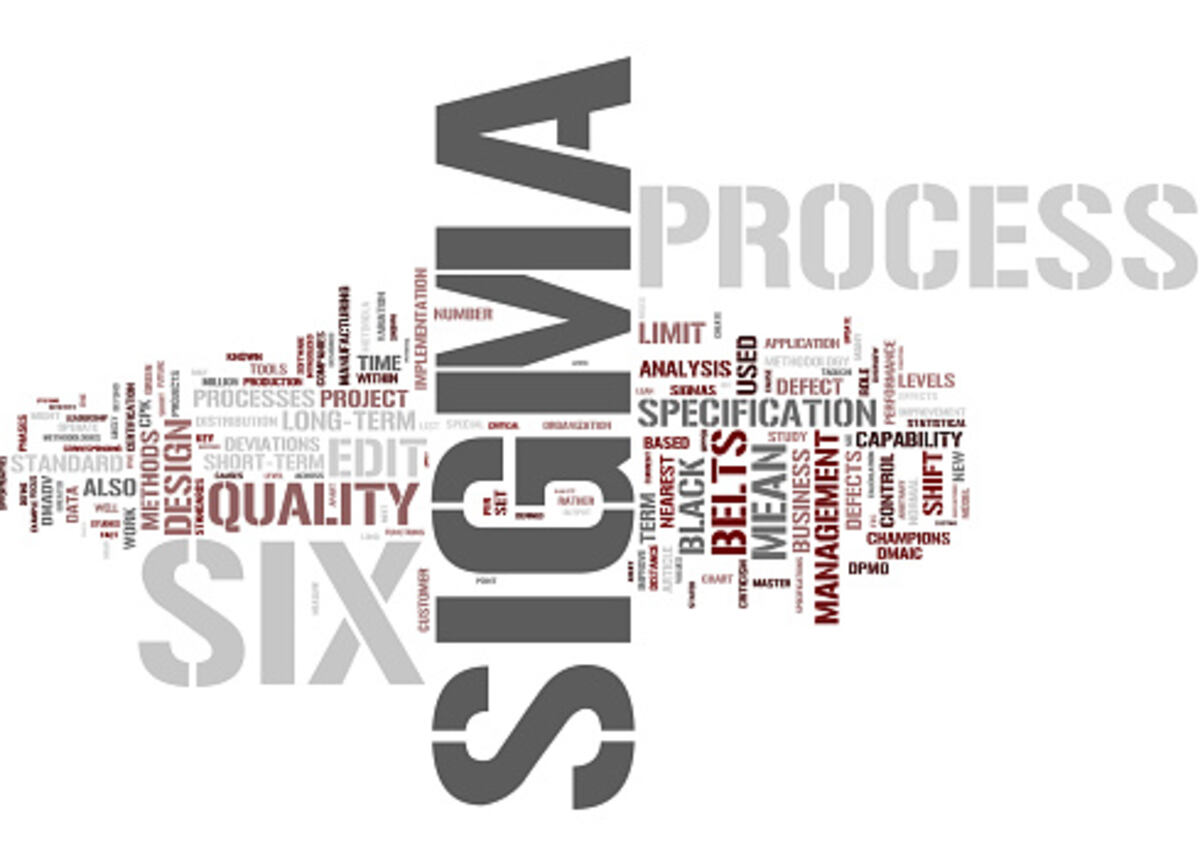There are several options if you’re considering getting a Lean Six Sigma certification. There are Green Belt, Black Belt, and Master Black Belt certifications. Each certification aims to enhance your knowledge and skills in improving your company’s operations. Regardless of which level you wish to attain, you’ll need to develop a strong understanding of Six Sigma’s concepts and principles before starting your journey.
Green Belt
The University of Georgia’s Lean Six Sigma Green Belt certification program is a comprehensive training course covering Six Sigma’s fundamental concepts. The curriculum involves interactive exercises and discussions with expert instructors. Participants will learn about design thinking, Change Leadership, and Project Management. In addition, they will be exposed to various Lean Six Sigma tools. They will then apply those tools to their current projects.
The IASSC Lean Six Sigma Certification exam is a 100-question, closed-book test that takes approximately three hours to complete. The exam includes multiple-choice and true-false questions; some forms have non-graded questions. The exam is administered in 165 countries through 8,000 Testing Centers and an online proctoring system.
The Lean Six Sigma Green Belt certification course is taught online. The course includes twelve 90-minute video lectures and a comprehensive take-home exam. In addition, participants can take an optional Statistics refresher course two weeks before the green belt course begins. Students who complete the course will receive a certificate issued by Binghamton University. The certification course also requires participants to complete a project report template.
Black Belt
The Lean Six Sigma Black Belt certification is the highest level of training in business process improvement. This certification program utilizes statistical tools to identify and manage problems in a process. Graduates of this program are highly sought after in their field. For those who are considering earning a Black Belt, the following information may be helpful:
To earn a Lean Six Sigma Black Belt certification, students must take an International Association for Six Sigma Certification exam. During this exam, candidates must demonstrate their knowledge of the Six Sigma Body of Knowledge. They must also have real-world experience applying Lean Six Sigma methods to real projects.
Those with this certification have a strong knowledge of statistical analysis and can lead teams of green, yellow, and white belts. They can also lead efforts to improve quality and productivity throughout an organization. In addition to demonstrating advanced skills, black belts must have a strong leadership style.
White Belt
The Lean Six Sigma Yellow Belt certification builds on the knowledge and skills gained during the Lean Six Sigma White Belt certification. This level focuses on creating and analyzing process maps and parameters. This certification enables you to work as a subject matter expert or support a green or black belt project leader. This certification is more comprehensive than the White Belt and requires more study time. It typically takes 20 hours to complete.
The White Belt program covers the fundamental methodologies involved in Six Sigma problem-solving projects, Lean events, and employee improvements. It helps organizations reduce costs, increase customer satisfaction, and streamline processes. Additionally, the course includes comprehensive exams and advanced applications. This level is an excellent first step toward achieving higher-level certifications like the Yellow Belt and Green Belt.
The Lean Six Sigma White Belt Certification program has four online modules, each lasting one hour. The course also includes a final exam. The interactive course covers the basics of Lean and Six Sigma and how they complement each other to increase customer satisfaction and profits. It is recommended for first-year students, managers, project leaders, and others who want to become Lean Six Sigma professionals.
Master Black Belt
CSSC Lean Six Sigma Master Black Belt certification requires participants to complete a project based on the DMAIC/DMADV methodology. The project must be a self-contained, separate unit and submitted within one year after registration. The projects must be completed within specific project scope and are typically 20-30 pages long, including supporting charts. The projects measure the applicant’s knowledge and expertise in the Six Sigma methodology.
Master Black Belts serve as coaches, trainers, and mentors. They play a vital role in the development of change initiatives and have a wealth of knowledge. This makes them a critical component of a company’s leadership team and a strategic asset to its competitive advantage.
A Master Black Belt has a broad perspective on any industry and uses statistical analysis to improve organizational processes. They can also develop metrics and dashboards, mentor other Six Sigma practitioners, and deliver classroom training. Many Master Black Belts also network and liaise with external agencies that provide Six Sigma training.



